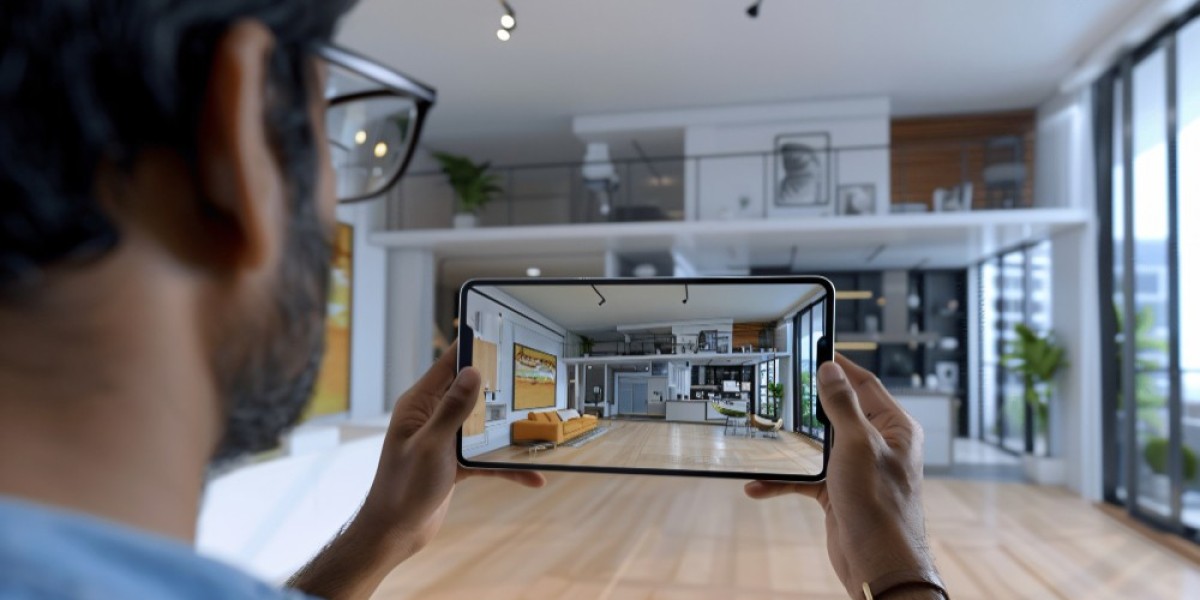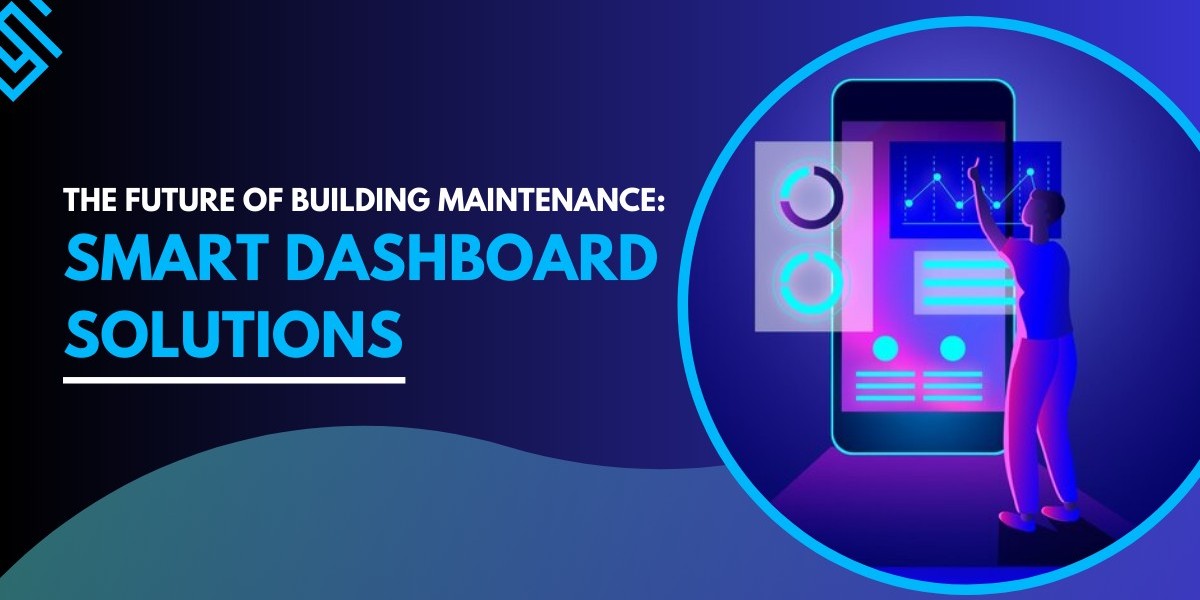In the construction industry, precision and planning are paramount to delivering successful projects. For decades, architects, engineers, and contractors have relied on blueprints and 3D models to conceptualize designs and bring their ideas to life. However, these static representations often fall short in providing a comprehensive view of the final project in its actual environment. This is where innovative augmented reality apps are transforming the construction landscape. By merging virtual models with real-world environments, augmented reality (AR) enables stakeholders to visualize projects before they are built, enhancing accuracy and reducing costly errors.
AR in construction allows teams to interact with digital elements in real-time, providing a dynamic, 3D view of projects as they are projected onto job sites. These applications offer innovative ways to visualize blueprints, plan layouts, and anticipate challenges before they arise. With AR technology, project managers and clients can experience what a building will look like in its real-world context, improving decision-making, collaboration, and overall project efficiency.
How Augmented Reality Enhances Project Visualization
AR apps provide a more immersive and interactive way to visualize construction projects, improving clarity and understanding across teams.
- 3D Visualization of Designs: AR apps overlay 3D models onto real-world spaces, allowing stakeholders to see how designs will fit into the actual environment.
- Enhanced Accuracy: By visualizing the project in its true scale and context, errors in measurements or spatial alignment can be detected early.
- Interactive Exploration: Users can interact with the AR models, zooming in on specific details or walking around to view the project from different angles.
Preconstruction Planning and Layout
AR apps provide significant advantages during the preconstruction phase, allowing for better planning and layout of construction elements.
- Site Planning: AR can map out where specific construction elements like walls, doors, and windows will go, reducing the chances of misplacement.
- Improved Collaboration: AR apps enable all stakeholders—architects, engineers, and clients—to visualize the layout and make real-time adjustments before construction begins.
- Time and Cost Efficiency: By catching potential design flaws or spatial conflicts early, AR apps help avoid costly rework and delays during the construction process.
Streamlining Communication and Collaboration
Effective communication is critical in construction projects, and AR apps improve how teams interact with both the design and each other.
- On-Site Visual Communication: Construction teams can use AR to display models directly on-site, providing real-time visuals that help workers understand exactly where elements need to be placed.
- Client Engagement: Clients can better visualize their projects using AR, leading to more informed decisions and fewer misunderstandings about the final result.
- Remote Collaboration: AR apps enable remote stakeholders to engage with the project’s development, offering feedback without needing to be physically present.
Training and Safety Applications
AR technology not only improves project visualization but also plays an important role in worker training and site safety.
- Interactive Training: AR apps can simulate construction processes, helping workers gain hands-on experience with equipment and procedures in a risk-free environment.
- Safety Enhancements: By visualizing potential hazards on-site before construction begins, AR helps teams identify safety risks, ensuring better compliance with safety regulations.
- On-Site Guidance: AR can provide workers with real-time instructions and safety alerts as they move through the job site, enhancing safety and efficiency.
The Future of AR in Construction
As augmented reality technology continues to evolve, its applications in construction will become even more sophisticated, offering new possibilities for project management.
- BIM Integration: Future AR apps will likely integrate more seamlessly with Building Information Modeling (BIM) data, providing real-time updates as projects evolve.
- AR for Smart Construction: AR could be combined with AI and IoT to create smart construction sites, where real-time data from sensors and equipment informs decision-making.
- Advanced Customization: AR apps will allow for more advanced customization of designs on-site, enabling real-time changes to layouts and configurations based on evolving project needs.
Conclusion
The use of augmented reality apps in the construction industry is revolutionizing how projects are visualized and executed. By offering real-time, 3D visualizations of construction projects in their actual environments, AR is improving accuracy, enhancing collaboration, and reducing costly errors during the building process. From preconstruction planning to on-site safety and training, AR technology is reshaping the construction landscape, allowing stakeholders to visualize and adjust projects before they are built. As AR technology advances, its role in construction will continue to grow, offering even more innovative ways to enhance project outcomes.









